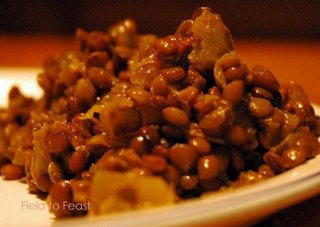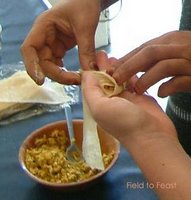 One thing I love about cities is that your own two feet can take you from downtown to uptown, from working-class pubs to hipster-filled martini bars, from thrift store alley to swank boutique street, from places of historical significance to present-day bastions of power, and from the Catholic festivals and canolis of the North End to the dim sum and dragons of Chinatown. That’s why, on a recent visit to Cape Town, I loved walking past the tall buildings and taxis of downtown, taking a right onto Wale Street, and strolling up the slope of Signal Hill into Bo-Kaap.
One thing I love about cities is that your own two feet can take you from downtown to uptown, from working-class pubs to hipster-filled martini bars, from thrift store alley to swank boutique street, from places of historical significance to present-day bastions of power, and from the Catholic festivals and canolis of the North End to the dim sum and dragons of Chinatown. That’s why, on a recent visit to Cape Town, I loved walking past the tall buildings and taxis of downtown, taking a right onto Wale Street, and strolling up the slope of Signal Hill into Bo-Kaap.
 Bo-Kaap is the traditional home of the city’s Cape Malay community, the descendents of people from
Bo-Kaap is the traditional home of the city’s Cape Malay community, the descendents of people from
Mark and I were particularly interested in learning about Cape Malay food, so we signed up for a half-day “cooking safari” with Andulela, a tour company devoted to responsible tourism that balances the needs of both visitors and communities. We’re not typically organized-tour people, but I had read a glowing review of this particular tour in Food and Home Entertaining, a beloved South African magazine, and it was the only aspect of our trip to
Our tour began with a visit to the
Dhal Curry with Squash
Serves 6
Adapted from Andulela
¼ cup vegetable oil
2 large onions, chopped
2 cardamom pods
2 medium tomatoes, grated
2 green chilies, minced (remove seeds if you are spice-averse)
4 cloves garlic, crushed
1 teaspoon masala mix (such as garam masala)
1 teaspoon ground cumin
1 teaspoon ground coriander
½ teaspoon ground turmeric
3 cups water
1 teaspoon salt
3 gem squash (or whatever 1-pound of squash or pumpkin you have available), seeded, peeled and cut into small cubes
4 tablespoons cilantro leaves
Heat the oil over medium heat in a medium saucepan. Add the cardamom pods and let them sizzle for a few seconds. Then, add the onions. Cook for 5 minutes, or until the onions become soft. Add the tomatoes, chili, garlic and spices and simmer for another 8 minutes, stirring occasionally. Drain the lentils, and add them to the pan along with the 2 cups of water and the salt. Turn the heat down to medium-low and simmer.
After 30 minutes, add the squash and another cup of water. Continue to simmer for another 45 minutes, adding more water if necessary, until the lentils are soft and the squash is tender. Adjust salt, as needed, then garnish with the cilantro leaves and serve hot with rice or roti.







No comments:
Post a Comment